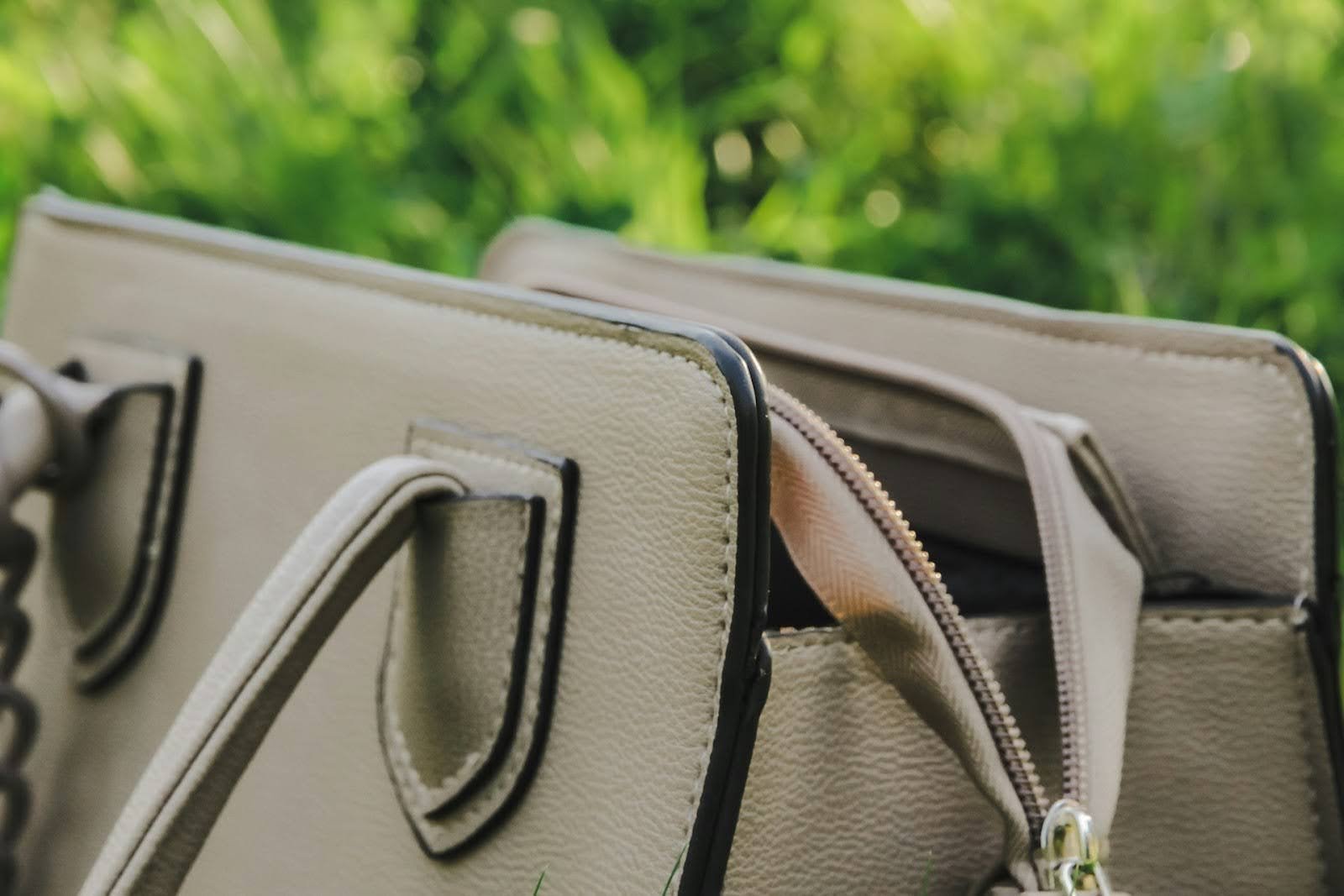Proper bag maintenance extends lifespan, preserves appearance, and protects valuable contents from seasonal elements. Different weather conditions pose unique challenges requiring specific care strategies throughout the year.
Spring Preparation and Fresh Start Maintenance
Spring cleaning involves thorough inspection and preparation for increased outdoor activity. Empty bags completely and vacuum interior compartments to remove winter debris and dust accumulation. Check for loose threads, worn seams, and hardware functionality.
For leather bags, apply conditioning treatments using products containing natural oils like mink oil or specialized leather conditioners. Work conditioner into seams and stress points where cracking typically begins. Canvas bags benefit from fabric protection sprays that create water-resistant barriers without altering appearance.
Replace worn protective feet, tighten loose hardware, and lubricate zippers with graphite or specialized zipper lubricant. Store bags in breathable dust covers rather than plastic, which traps moisture and promotes mold growth.
Summer Heat and UV Protection Strategies
High temperatures and intense sunlight cause material degradation, color fading, and structural damage. Leather becomes overly dry and prone to cracking, while synthetic materials may warp or become sticky.
Implement rotation schedules to prevent overexposure to single bags. When carrying bags outdoors, minimize direct sunlight exposure by keeping them in shade when possible. Apply UV protection products specifically designed for leather and fabric materials.

Store bags away from windows and heat sources like radiators or car trunks. Maintain consistent indoor humidity levels between 40 50% to prevent leather from drying excessively. For frequent outdoor use, consider bags with UV-resistant treatments or naturally fade-resistant materials.
Fall Weather Transition and Rain Preparation
Autumn’s unpredictable weather patterns require enhanced water protection and mold prevention strategies. Increased rainfall and humidity create conditions favorable for moisture damage and bacterial growth.
Apply water-repelling treatments before the rainy season begins. Products containing fluoropolymers or wax-based formulations provide effective moisture barriers. Reapply treatments every 6-8 weeks during heavy rainfall periods.
Create buffer zones using moisture-absorbing packets inside bags during storage. Cedar blocks naturally repel insects while absorbing excess moisture. Ensure proper ventilation in storage areas to prevent condensation buildup.
Winter Storage and Cold Weather Protection
Cold temperatures make materials brittle and prone to cracking. Ice, snow, and road salt create corrosive conditions that accelerate wear and cause permanent staining.
Before winter storage, clean bags thoroughly and ensure complete dryness. Stuff bags with acid-free tissue paper to maintain shape during extended storage periods. Avoid plastic storage containers that trap moisture; instead, use breathable fabric bags or boxes.
For bags used during winter, establish post-exposure cleaning routines. Remove salt deposits immediately using damp cloths, as salt crystals continue causing damage even after drying. Allow bags to air-dry at room temperature rather than using direct heat sources.
Daily Maintenance Routines
Consistent daily care prevents minor issues from becoming major problems. Empty bags completely at day’s end, removing crumbs, receipts, and debris that attract pests and cause staining. Wipe exterior surfaces with appropriate cleaning materials based on bag material.
Rotate bag usage to allow materials time to rest and recover between uses. This prevents overuse patterns that cause premature wear in specific areas. Store bags upright or hanging to maintain structural integrity.
Emergency Stain Removal and Damage Control
Quick response to spills and stains prevents permanent damage. Blot liquid spills immediately using absorbent cloths, working from stain edges inward to prevent spreading. Avoid rubbing motions that push stains deeper into materials.

For leather stains, use saddle soap or specialized leather cleaners. Canvas and fabric bags respond well to mild soap solutions, but test cleaning products in inconspicuous areas first. Oil-based stains require different treatments from water-based stains.
For luxury items requiring specialized attention, a good designer bag cleaning service provides expertise in handling high-end materials and construction techniques that differ significantly from standard bag maintenance. These services understand the specific requirements of premium brands and use appropriate cleaning methods that preserve both value and warranty coverage.
Conclusion
Effective all-weather bag care requires understanding material properties, implementing seasonal strategies, and maintaining consistent daily routines. Proactive maintenance prevents costly repairs while ensuring bags remain functional and attractive throughout their intended lifespan. Regular attention to cleaning, conditioning, and storage creates lasting protection against environmental challenges.

